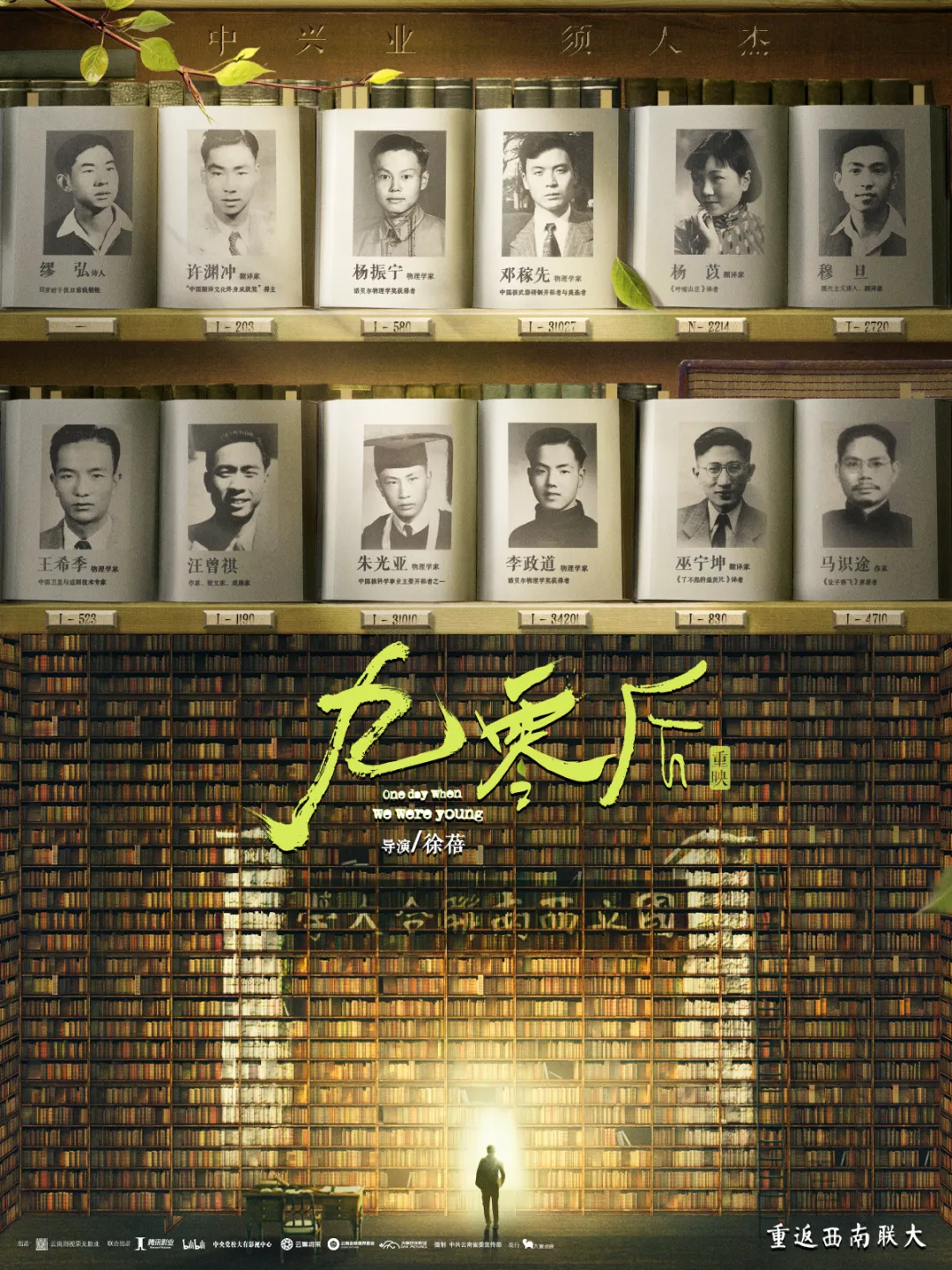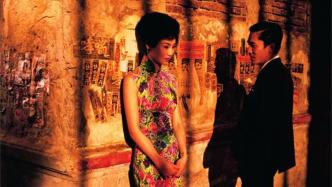
Editor's note: This is a nostalgic theater.
When "Wong Kar Wai Movies" changes from a noun to an adjective, we always think of works such as "Fallen Angels", "Chongqing Forest" and "Days of Being Wild". These movies seem to be loosely narrated and slow-paced, but you still can’t watch them at double speed, otherwise you will miss those monologues that look like ravings and poems, the flow of eye waves, some seemingly trivial but important narrative details, and perhaps the whole film That kind of unique charm.
Such a film list of course includes "In the Mood for Love", which was inspired by the short stories of Japanese writer Sakyo Komatsu and Hong Kong writer Liu Yichang. The author's style is distinctive and even domineering Wong Kar-wai's hand. Like all films that have become classics over the years, "In the Mood for Love" is very watchable. What it means to be watchable is that even if you have watched it, you will still find the neglected or missed good luck pieces; even if you watch it again, you will still have new feelings after many years. "In the Mood for Love" ranked fifth on the list of the top 100 movies recently released by "Sight and Sound" magazine. This list is reviewed every ten years, and it ranked 24th last year; it also proves its attractiveness from another aspect. This movie is suitable for those who are interested in nostalgia. That maze is piled up with gorgeous light, shadow, color and music.

"In the Mood for Love" poster
Two couples, four corners of love, after all, just a story of two people. Wong Kar Wai loves the 1960s very much, and he had the selfishness of the director to make the story happen at that time. At the age of five, he left Shanghai, where he was born, and moved to Hong Kong with his parents. The latter had a great influence on his growth, so he repeatedly tried to relive his personal memories in many directorial works. On the other hand, in terms of the inner charm and narrative needs of the film, the 1960s could not be more suitable. Pop music, Peking Opera, Pingtan, newspapers with serialized martial arts novels, phonographs, radios, old photos, rice cookers, the Shanghainese who play mahjong at home here, and the Cantonese who come to chat with neighbors in pajamas next door, The hard-working workers in the office collectively embody the blending of several cultures including the tone of the Shanghai middle class, the life of Guangdong citizens, and the industrial spirit of Hong Kong. Following the voyeuristic perspective of the camera, as a hidden resident that does not appear in the film, we secretly look at and observe this lonely man and woman, feel the physical space they live in and the cramped emotional space under the watchful eyes of their neighbors, and appreciate their inner loneliness that cannot be concealed Self, and Hong Kong's unique sentiments of the times in the 1960s with its economic rise, both ancient and modern, conservative and prosperous.
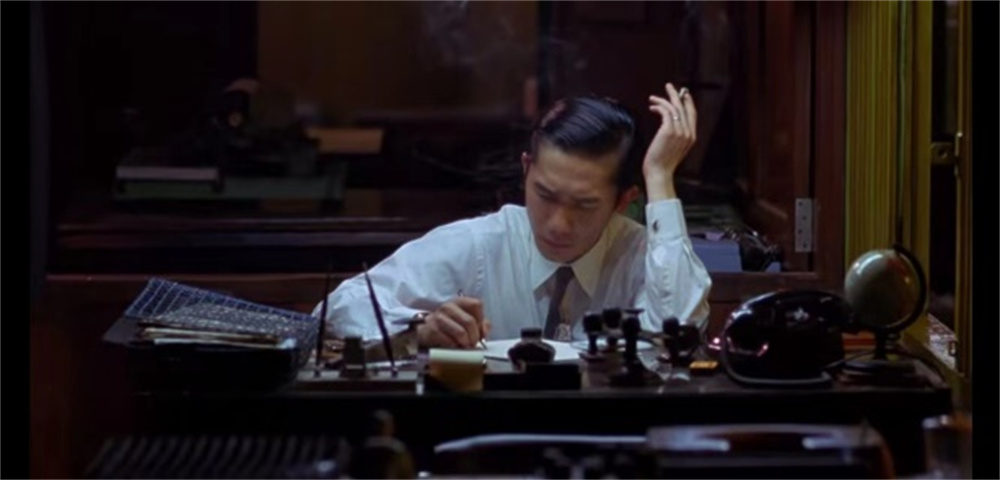

Stills of "In the Mood for Love"
In the film, Su Lizhen played by Maggie Cheung and Zhou Muyun played by Tony Leung are a pair of good-looking couples with matching souls. Unfortunately, when they meet for the first time, neither of them is free. They slowly "play" each other's cheating partner. Familiar with. The story took place in 1962. The excerpts from Liu Yichang's novel "Confrontation" in the black-screen subtitles of the film have already pointed out that this is a fruitless love with affection but lack of courage. There are a total of three scenes within a scene in the film. They imagine the start of an extramarital affair, simulate a confrontation with the cheater, and rehearse the final farewell. Here, playing the role of others has gradually changed from comforting oneself to an excuse to reveal one's heart to the other party, just like covering one's face with wine. With the help of pretending, Su Lizhen was able to face her sincerity. While feeling sad about her husband's derailment, she also cried uncontrollably over Zhou Muyun's departure. "If there is one more ticket, will you follow me/take me?" It is a love story that the two can't say. The so-called good luck makes people miss it when they obviously have the opportunity to be together, but they keep missing it.
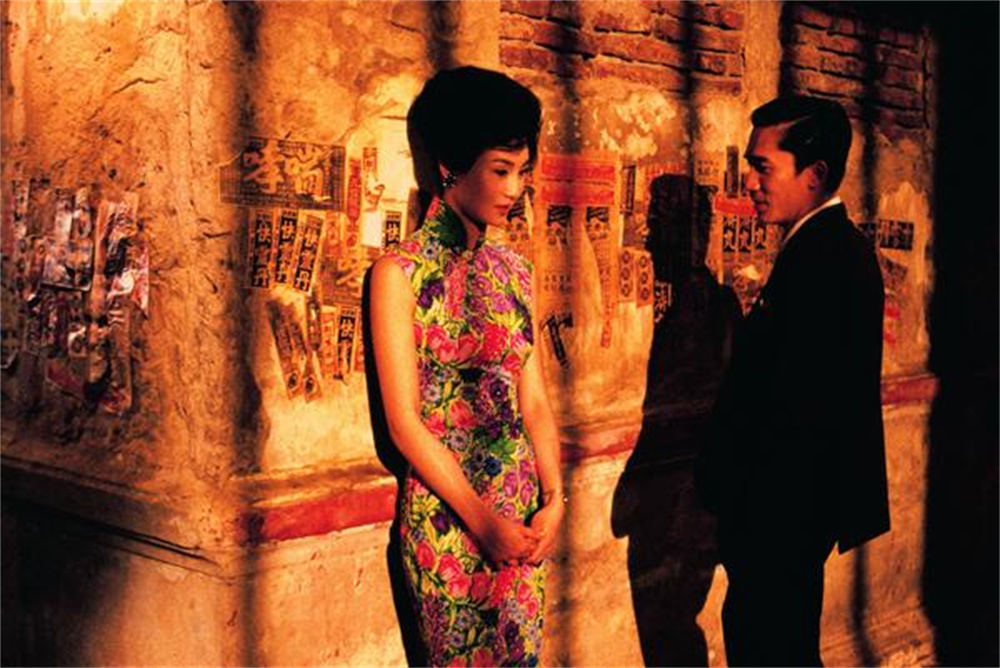
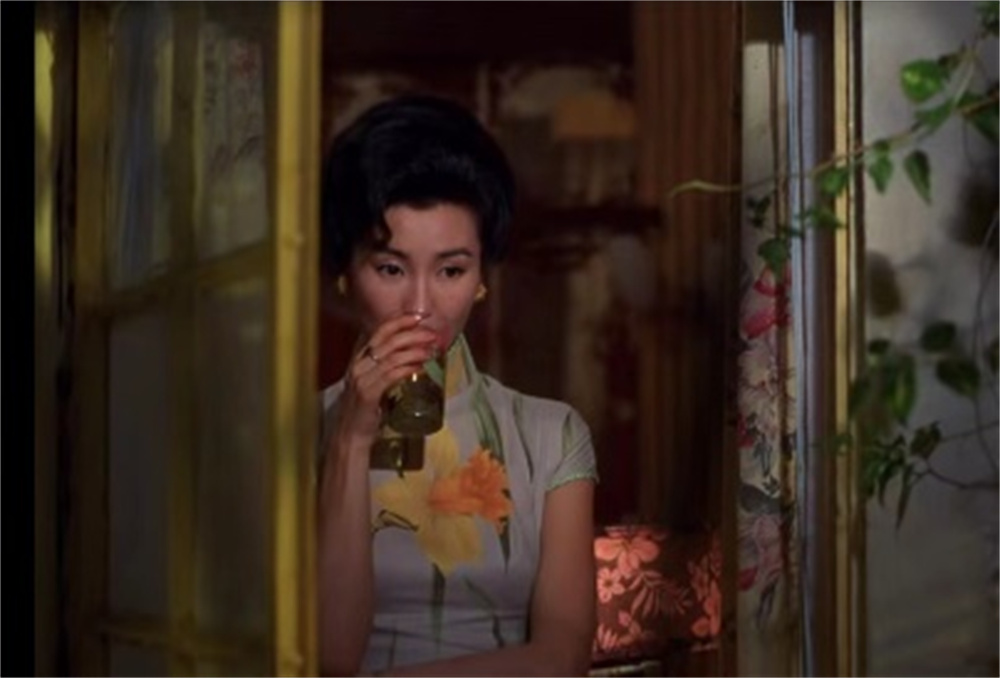
Stills of "In the Mood for Love"
The two pass by each other many times in the film. Slow motion and Mei Linmao's soundtrack, the waltz rhythm is the base, like the emotional advance and retreat between the two, the cello melody is prominent, magnifying the incompatibility between the characters and the surrounding environment and the inner sadness. "We can't be like them" is Su Lizhen's moral code, worldly scruples and excuses to escape. Maggie Cheung's excellence lies in her ability to express the richness of the characters at different levels through extremely delicate performances and instant emotional changes. show. In the first second, she casually fiddled with the other party's belt with her fingers intentionally or unintentionally, playing the role of a wife who teased other people's husbands, but in the next second she immediately fell into deep shame, self-pity and sorrow. Maggie Cheung's more than 20 sets of cheongsams in the film are extremely beautiful, but compared with the swaying gait wrapped in the gorgeous cheongsam, her eyes are more touching, shining like stars in a lonely night. Under her interpretation, Su Lizhen is full of a kind of sexiness that has nothing to do with carnal desire. Her self-restraint and cautiousness in front of outsiders and her natural innocence and utter sensibility in front of Zhou Muyun form a contrast about "love". Her sensuality is innocent and pure, but at the same time it makes people feel distant and fragile. Su Lizhen's swaying between the breeding, blooming, introspection and hesitation of love is full of charming charm.
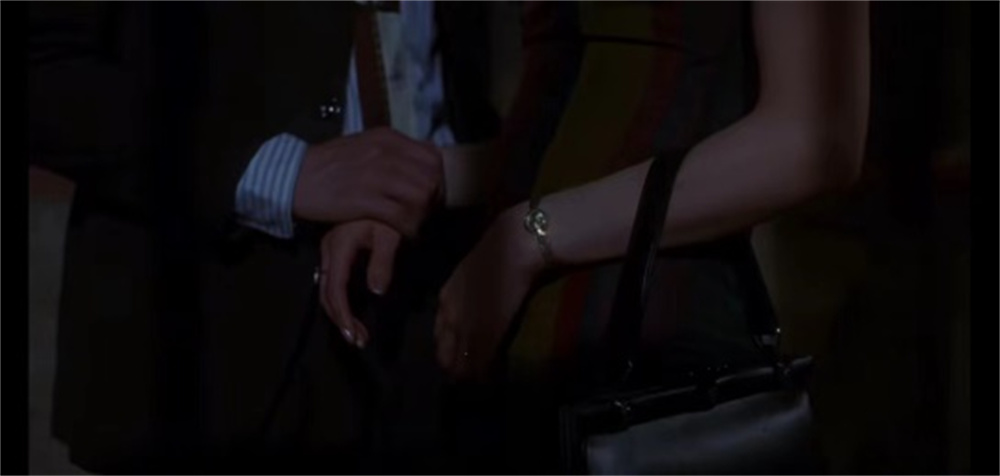
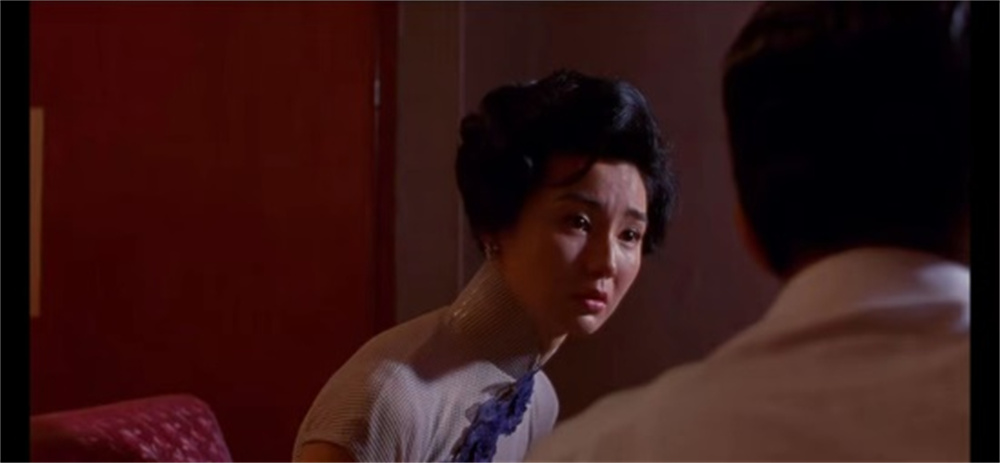
Stills of "In the Mood for Love"
To be able to play with Maggie Cheung and offer her acting skills that are not inferior to her, of course Tony Leung is indispensable. The filming of "In the Mood for Love" was an idea that Maggie Cheung and director Wong Kar-wai, who lived in France, chatted about during a dinner. Maggie Cheung appointed Tony Leung, her earliest acting partner, as the male lead, and the result was naturally impeccable. Tony Leung is even more relaxed about Wong Kar Wai's casual way of working than Maggie Cheung. His characters have less dialogue, more precise body movements, and more affectionate and forbearing characters. convey. His love for her was only euphemistically expressed when he decided to go far away to save each other from the torment of lust, and this seemingly ruthless parting is the extreme of affection.
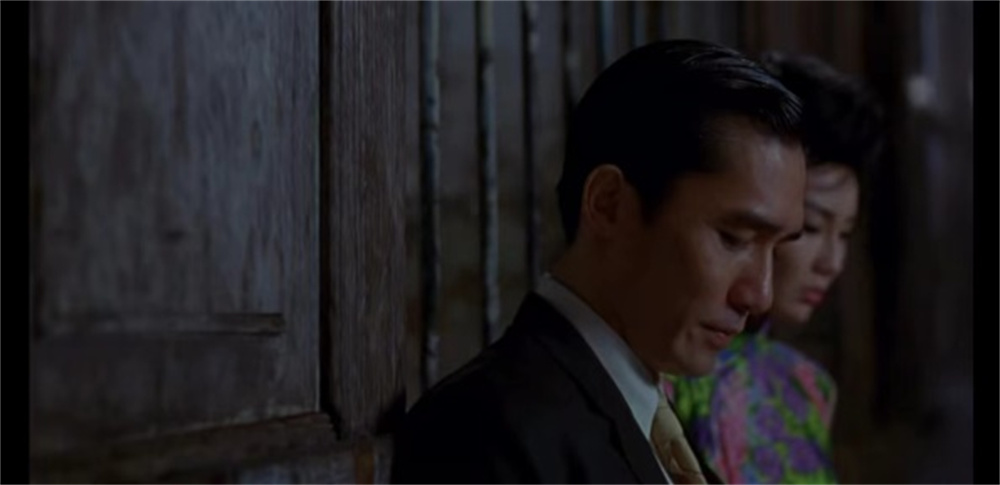
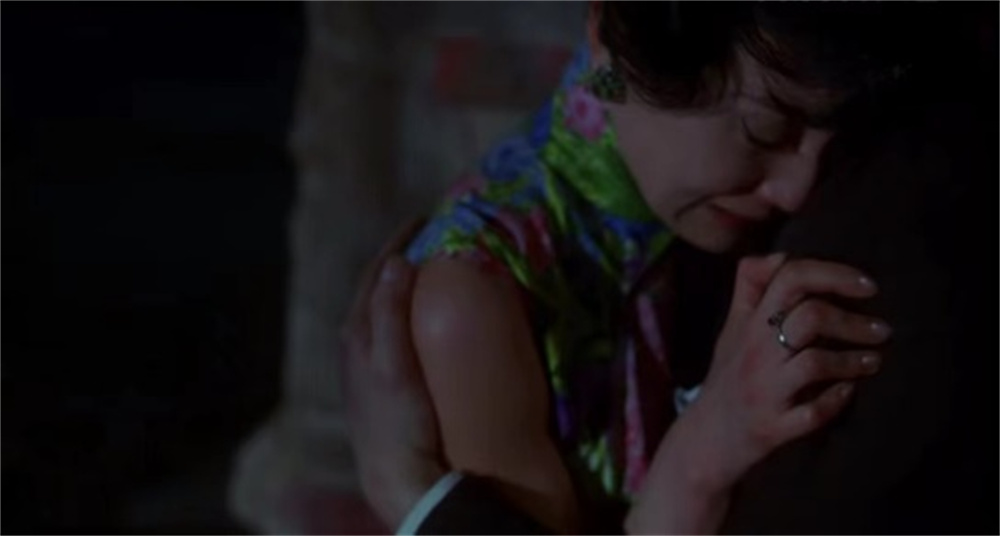
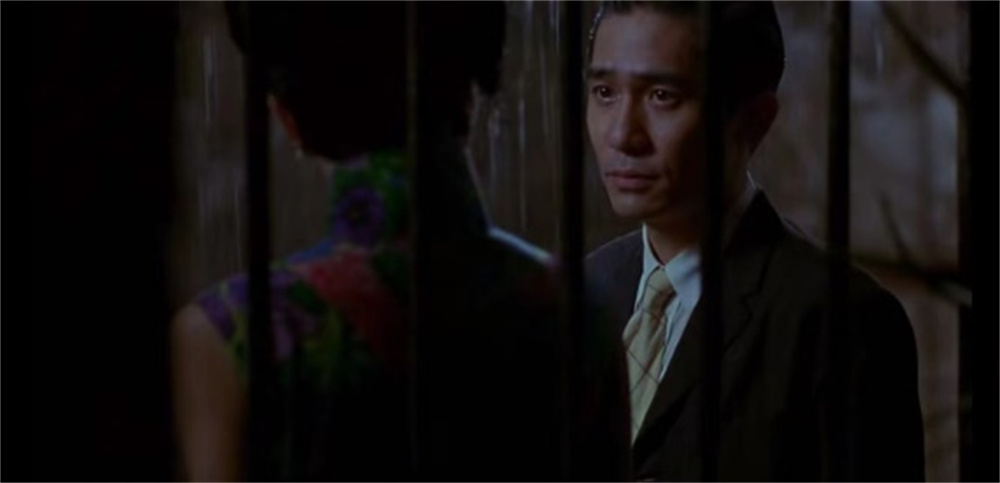
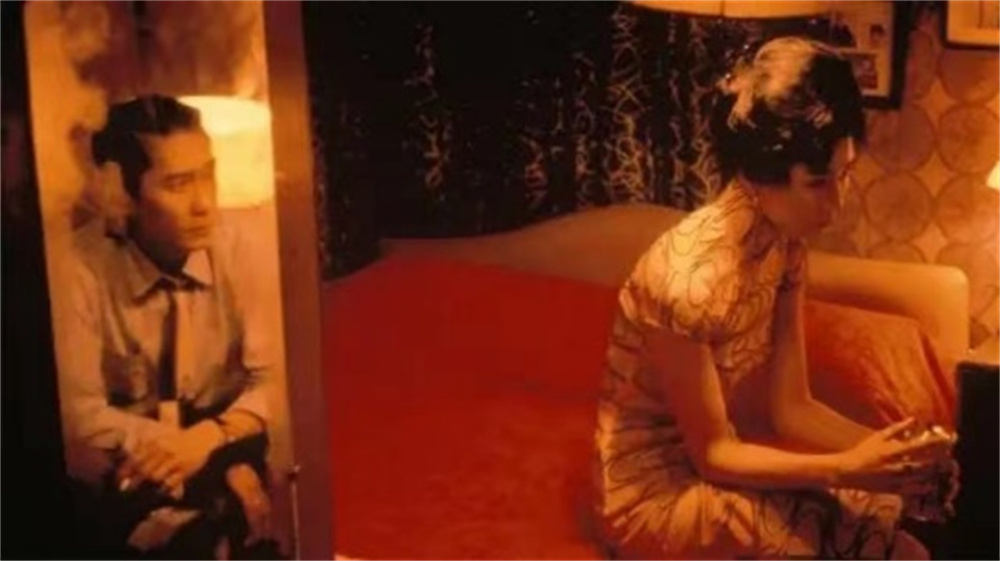
Stills of "In the Mood for Love"
Just like Wong Kar-wai's performance of the 1960s, he prefers to create the atmosphere of the times rather than restore the scene, and he is more interested in the relationship between people than telling a story of an extramarital affair. As the biggest mystery of the film, whether the short-lived emotions between Zhou Muyun and Su Lizhen are true love, the film gives a rich discussion. At first, the two interacted with the concept of "not being the same as them" and maintained an almost platonic love. However, the desire for nostalgia and companionship caught people off guard. After confirming their love for each other, the two decided to break up. At that time, they no longer resented their partner who cheated before, but instead developed a kind of Zhang Ailing-style "compassion because they understand", and in the process, they knew themselves better, which further promoted the reconstruction of the subject in the postmodern sense, that is, the lonely atom It is the thinking about "existence" itself triggered when individuals face the emptiness of meaning. In the interview, Wong Kar Wai believed that the two were doomed not to be able to combine, otherwise they would live in the shadow of their former partner for the rest of their lives, but he also affirmed the positive side of the ending, that is, Su Lizhen became more independent and complete as a mother, and Zhou Muyun was not bound by love. To do what he thinks is more important.
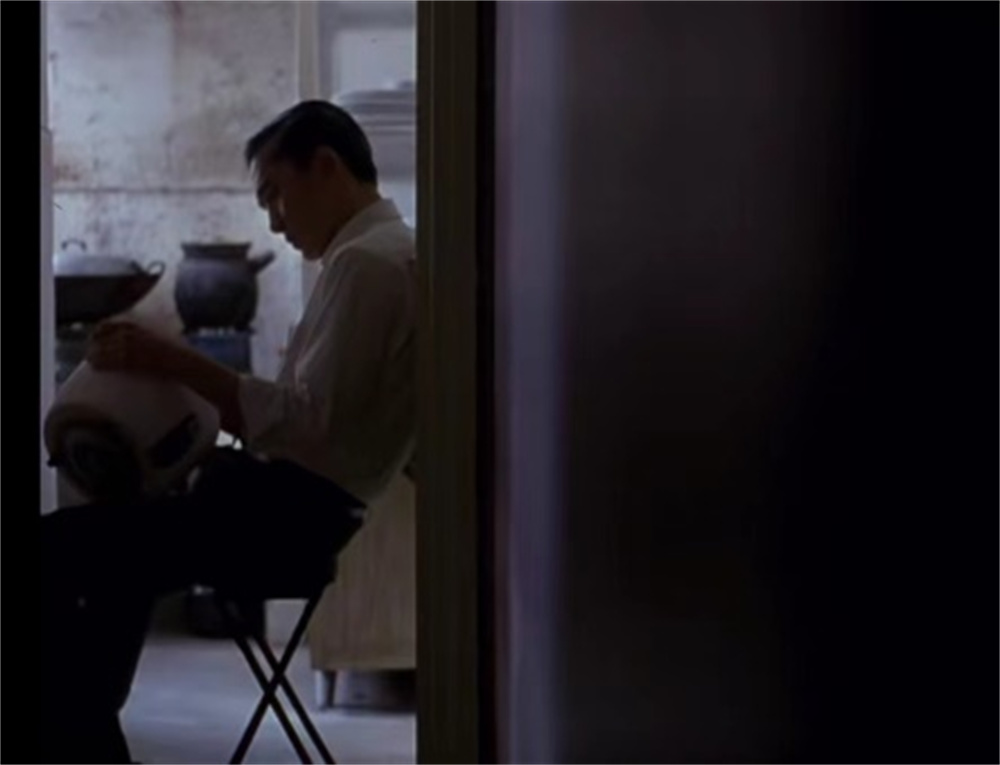

Stills of "In the Mood for Love"
As far as the artistic style is concerned, "In the Mood for Love", although the director has a strong personal touch, it does not lack the charm of many excellent previous works. The first is the spiritual continuation of Wong Kar-wai's own work "Days of Being Wild", the same revisiting of the 1960s, the same melancholy, proud, self-enclosed characters, as usual, avoiding harm by rejecting others before being rejected-as American film critics As pointed out by Elvis Mitchell, such characters also have the spiritual characteristics of the characters written by the American novelist Fitzgerald. For example, Gatsby and Zhou Muyun are typical self-isolated personalities; As far as the form is concerned, the film borrows the parallel narrative structure of the novel "Inverted" to "focus the story on the intersecting relationship between two parallel extramarital affairs", and uses editing and front and back shots to show the emotional intertwining of the two. . In addition, the film featured the song "In the Mood for Love" sung by Zhou Xuan in the movie "Long Lovesickness". The lyrics and the theme of the film's extramarital affairs are intertextual with "In the Mood for Love". But as far as the spiritual theme of the film is concerned, the situation, mentality, and description of the times of the characters undoubtedly remind people of "Spring in a Small Town" directed by Fei Mu, and Su Lizhen's lingering alone in Zhou Muyun's room in Singapore in 1963 is almost the same as "Red Rose". It is exactly the same as Wang Jiaorui's approach in "White Rose", which is full of self-indulgent love with fetish nature. At the end of the film, Zhou Muyun's confession to the tree hole in Angkor Wat and the fact that the tree hole grows new grass also obviously has a The desolate aftertaste of Zhang Ailing's novels.
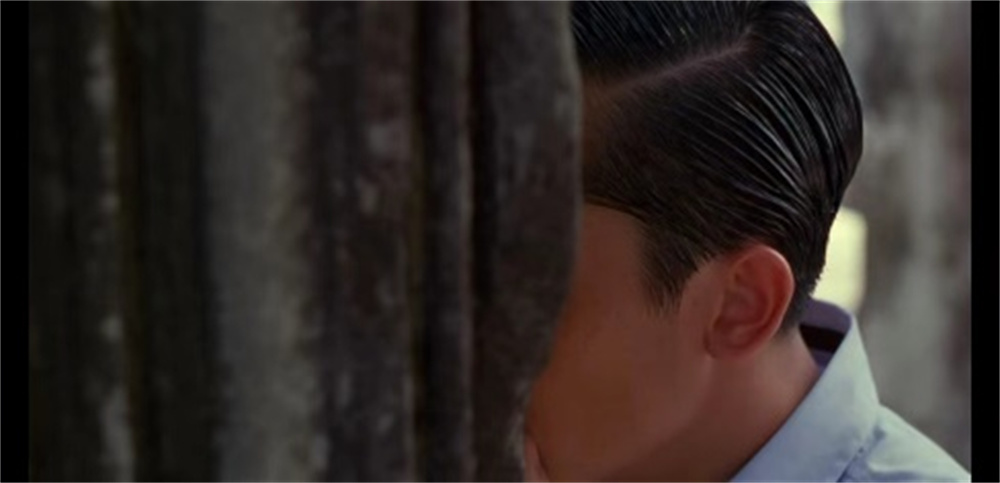

Stills of "In the Mood for Love"
Maggie Cheung summed up the artistic conception of "In the Mood for Love", "(The film) is like a microscope, looking at these two dusts in the world. Under the microscope, these two people can be very important, but they have no meaning in history. At the end of the film, they (Wong Kar Wai) zooms out, telling us that the world is big, and there are other things happening, and what happens between them is small and very personal, like zooming in and zooming out." Wong Kar Wai borrowed martial arts in "The Grandmaster" Zhikou clarifies the triple realm of martial arts—seeing oneself, seeing the world, and seeing all beings. The same is true in terms of the sublimation of a personal emotion. In this sense, "In the Mood for Love" occupies a very important position in the pedigree of Wong Kar-wai's films. The large number of personal monologues in the early "Days of Being Wild" have been significantly reduced, and the female characters have become more abundant. Open, in the pattern of heaven and earth and all living beings, showing deep compassion.

Stills of "In the Mood for Love"


